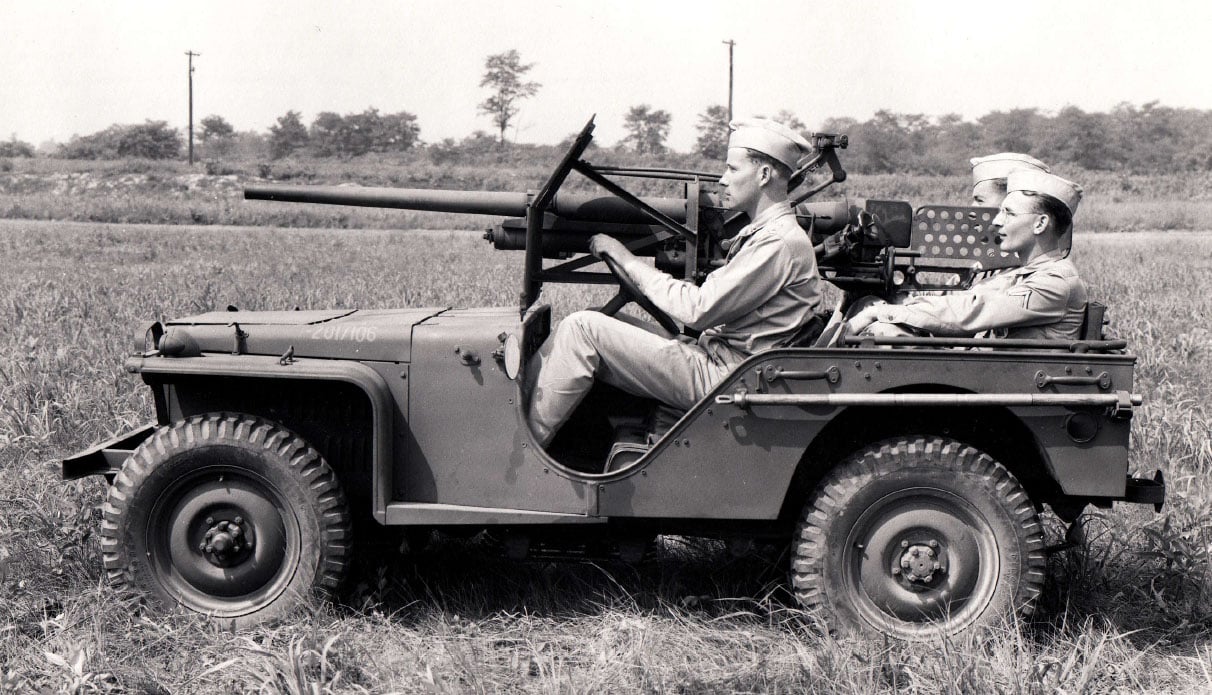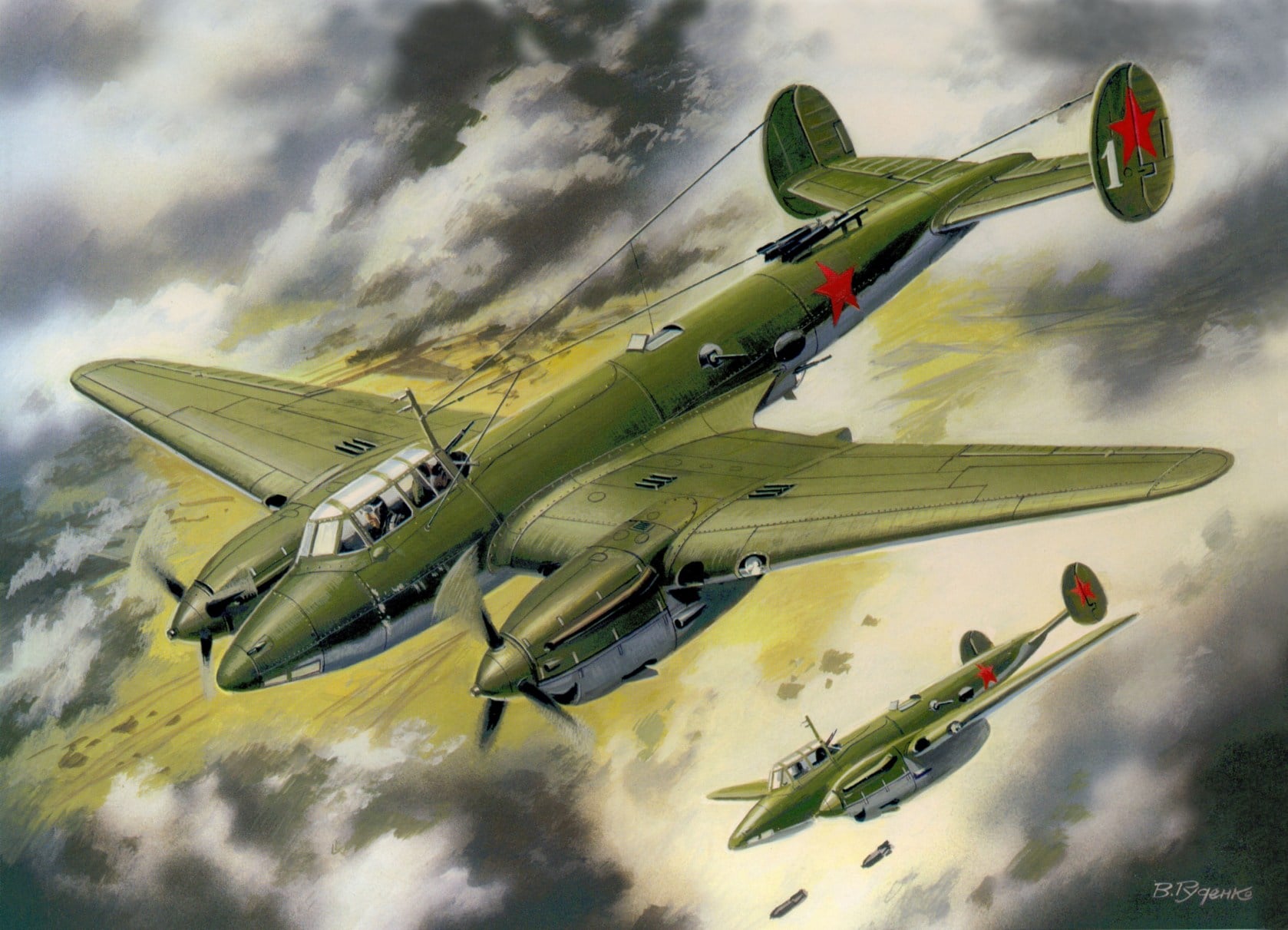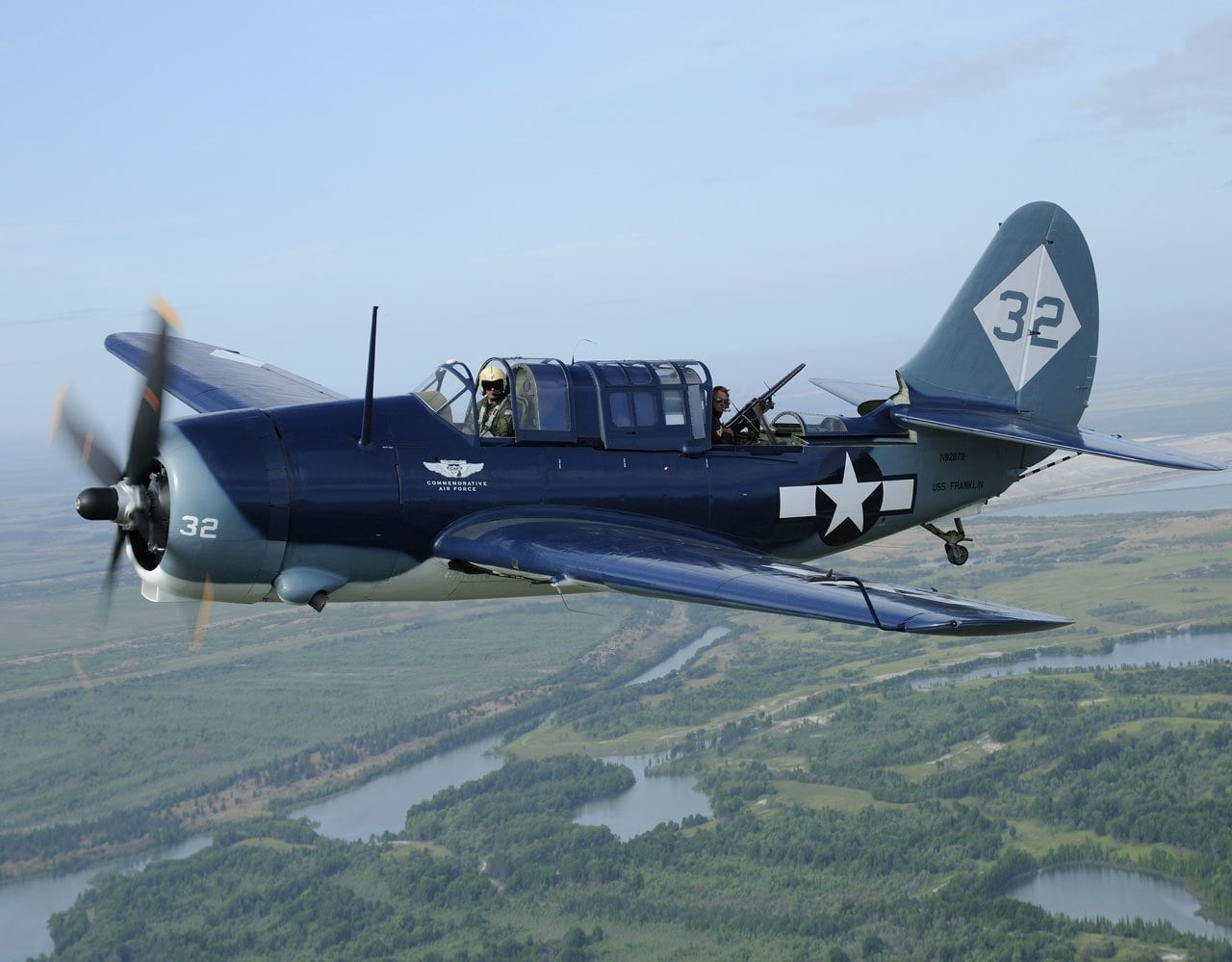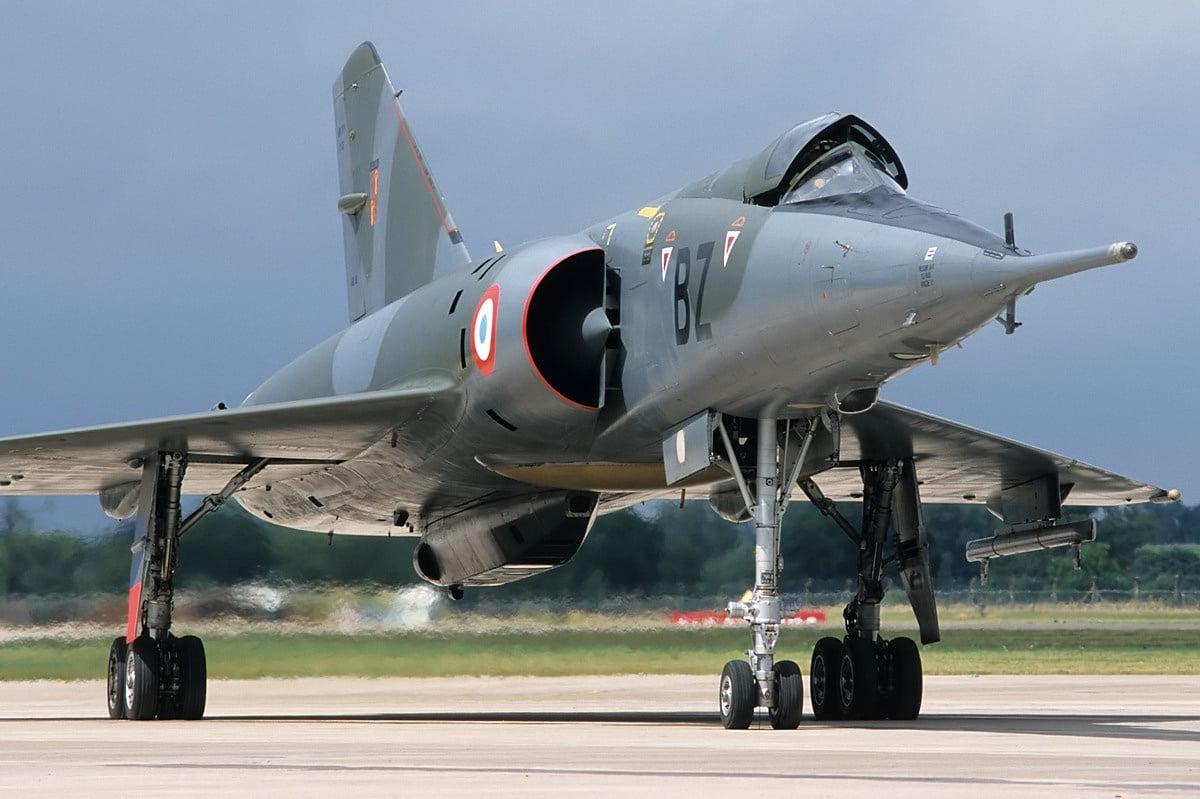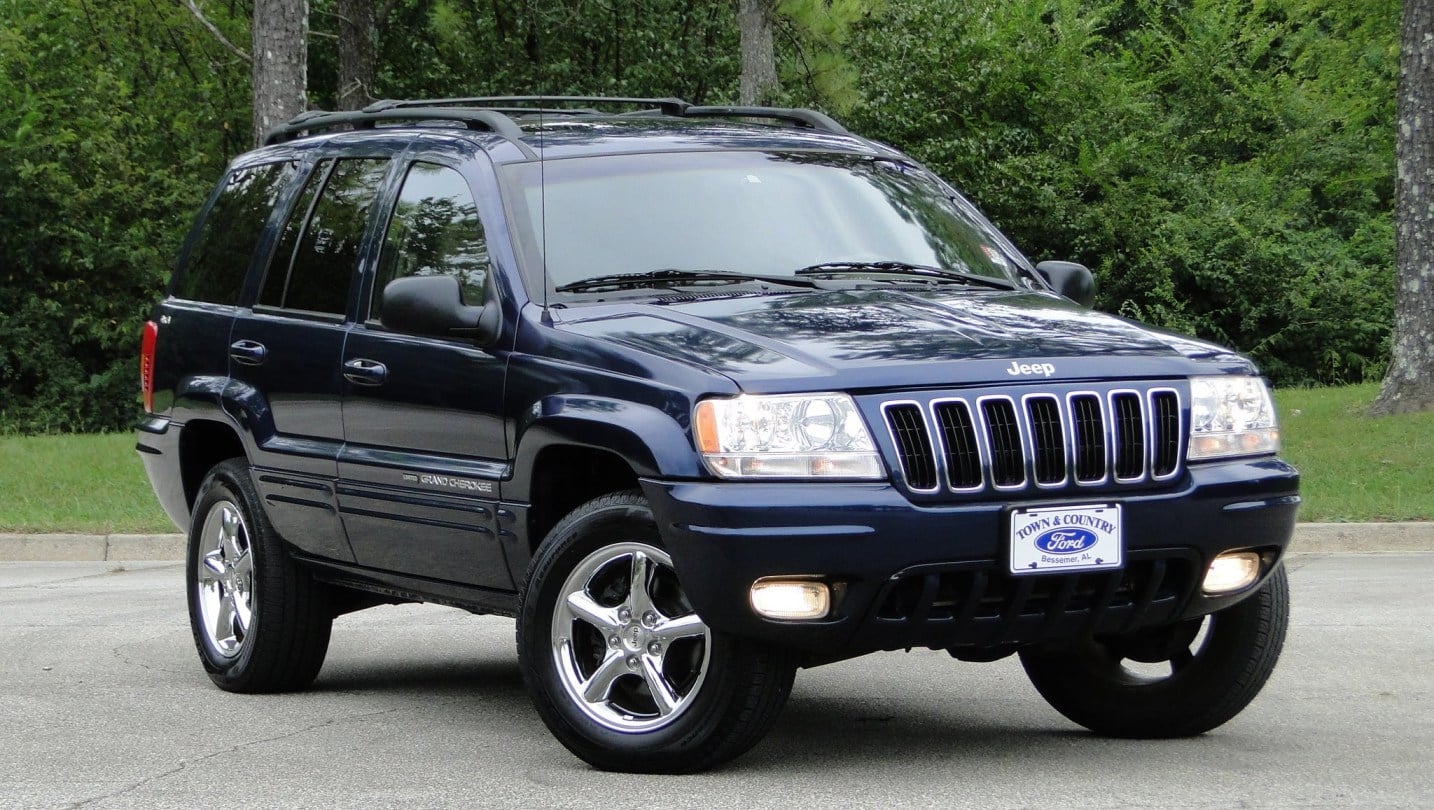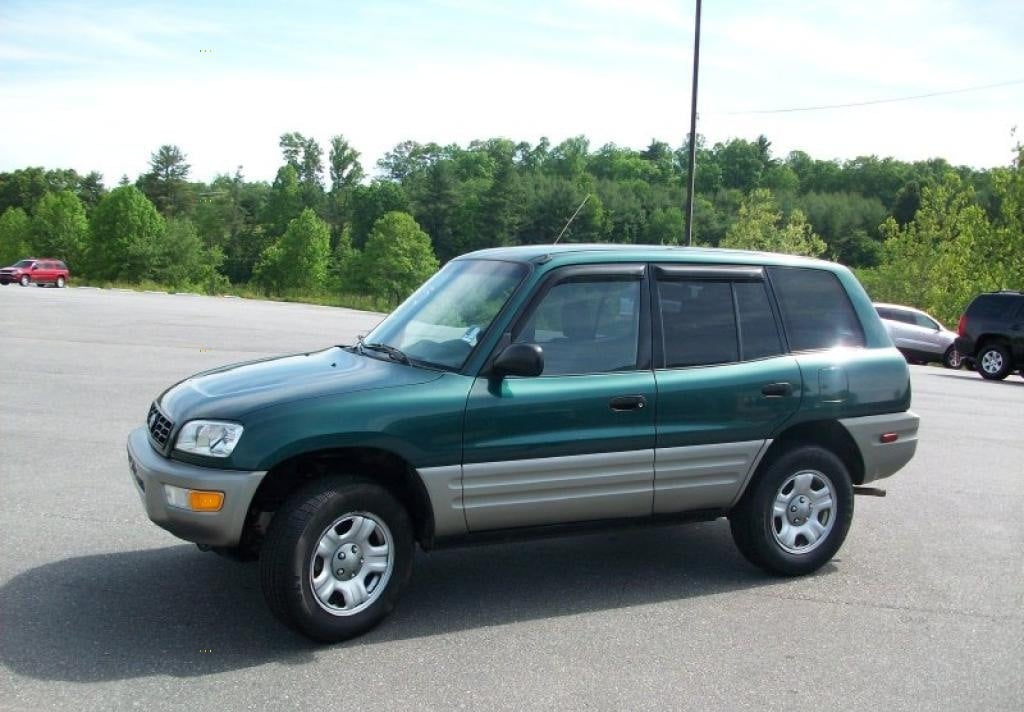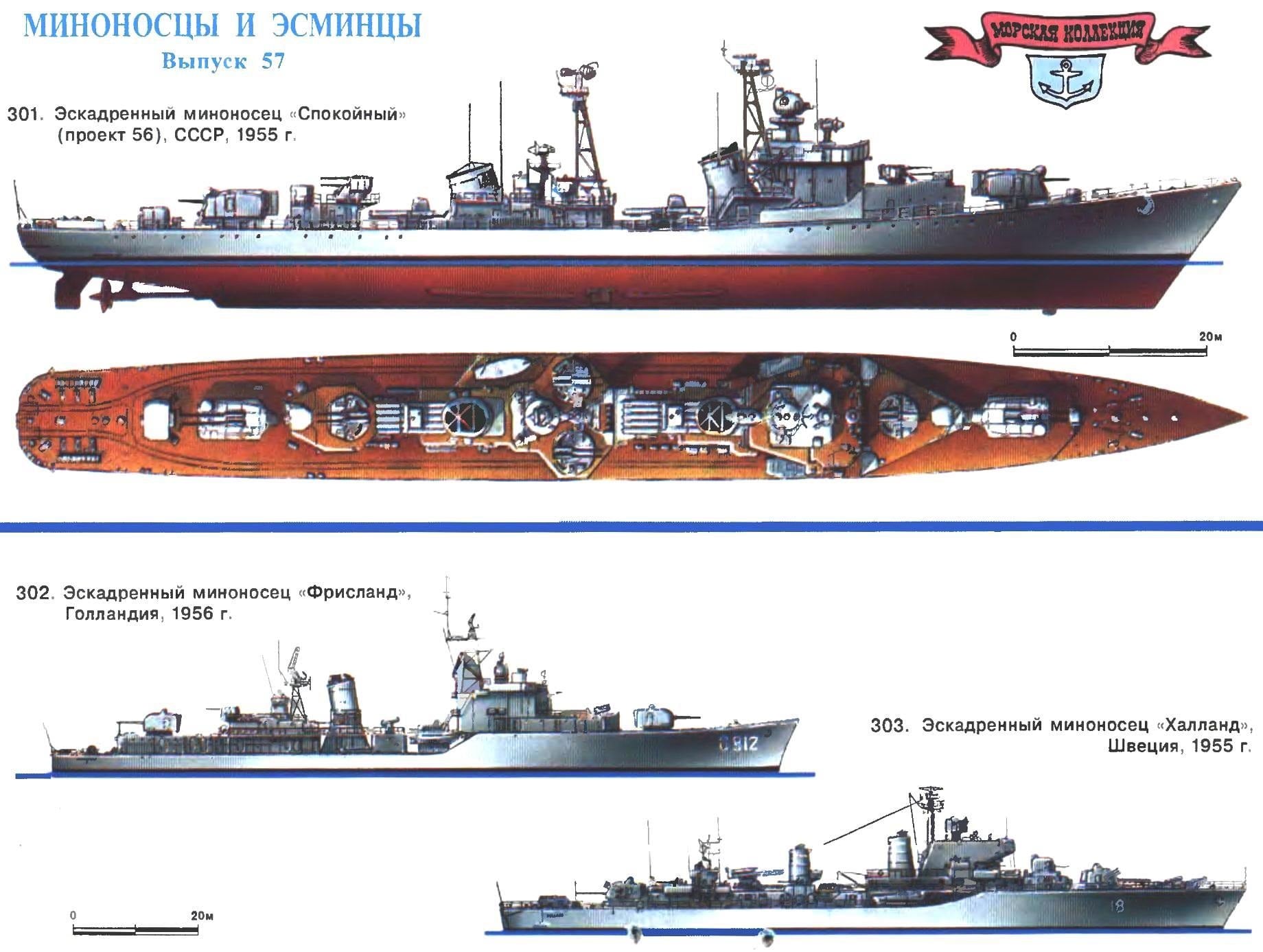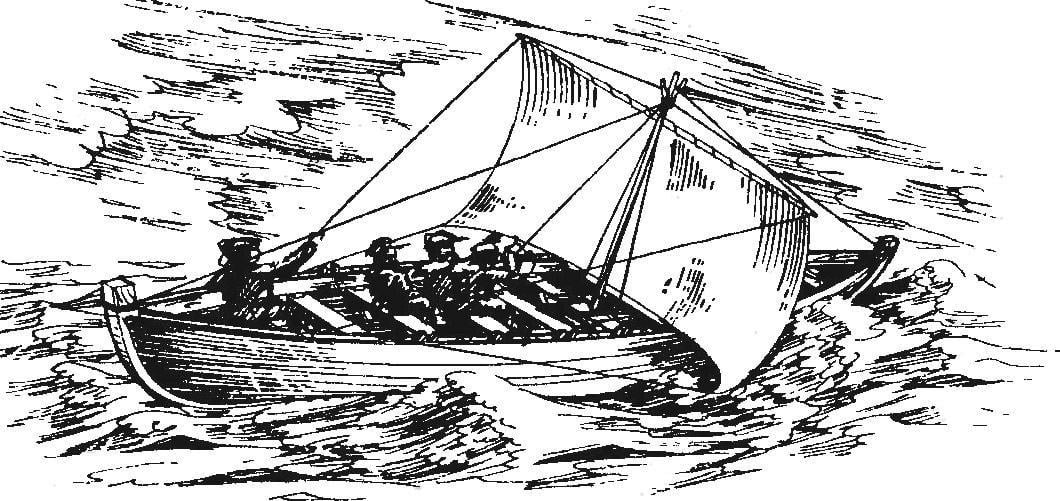 The fighting of the “blitzkrieg” — start-up phase of the Second world war in Europe, first and foremost, stunning successes Germanic tank troops, clearly showed Americans that they have, in fact, there is not only tanks, but also anti-tank weapons. That is, anti-tank guns from the Americans, of course, was, and is no worse than in other countries, but, like tanks, is clearly insufficient. Moreover, they are “smeared” for infantry units. No specialized anti-tank units or parts in the US army at that time did not exist.
The fighting of the “blitzkrieg” — start-up phase of the Second world war in Europe, first and foremost, stunning successes Germanic tank troops, clearly showed Americans that they have, in fact, there is not only tanks, but also anti-tank weapons. That is, anti-tank guns from the Americans, of course, was, and is no worse than in other countries, but, like tanks, is clearly insufficient. Moreover, they are “smeared” for infantry units. No specialized anti-tank units or parts in the US army at that time did not exist.
Collection
PETLYAKOV PE-2
 Dive bomber PE-2 was developed in OKB V. M. Petlyakov on the basis of previously established experimental twin-engined high-altitude fighter VI-100. The first production PE-2 was released in 1940, and in the first half of 1941, the aviation regiments transferred 458 cars.
Dive bomber PE-2 was developed in OKB V. M. Petlyakov on the basis of previously established experimental twin-engined high-altitude fighter VI-100. The first production PE-2 was released in 1940, and in the first half of 1941, the aviation regiments transferred 458 cars.FROM BIPLANE TO MONOPLANE
 Carrier-based scout CURTISS SB2C HELLDIVER. In early 1938, the Bureau of Aeronautics of the U.S. Navy has developed the conditions of tender for the construction of a new deck of ramedica-bomber engine Right XR-2600 Cyclone. The dimensions of this plane involved the simultaneous placement of two such devices on the platform size 14,6×12,2 m samoletostroenie carrier. This requirement was most difficult to meet. Binding was considered as mechanisms for folding wings on the deck and the landing gear in flight.
Carrier-based scout CURTISS SB2C HELLDIVER. In early 1938, the Bureau of Aeronautics of the U.S. Navy has developed the conditions of tender for the construction of a new deck of ramedica-bomber engine Right XR-2600 Cyclone. The dimensions of this plane involved the simultaneous placement of two such devices on the platform size 14,6×12,2 m samoletostroenie carrier. This requirement was most difficult to meet. Binding was considered as mechanisms for folding wings on the deck and the landing gear in flight.
A FRENCH PLANE FOR THE ATOMIC BOMB
 Strategic bomber Dassault MIRAGE IVA. To raise the country’s prestige after the defeat in Vietnam and the independence of the defense capability of the United States, France officially announced in 1954, about the beginning of the creation of nuclear weapons. Two years were spent on the development of relevant scientific and production infrastructure, and in April 1956 the Ministry of defence held a competition for the best project of the strategic bomber carrier of the future French atomic bomb. The military wanted to obtain a jet with a range of 2,000 km, supersonic speed and payload of 3,000 kg.
Strategic bomber Dassault MIRAGE IVA. To raise the country’s prestige after the defeat in Vietnam and the independence of the defense capability of the United States, France officially announced in 1954, about the beginning of the creation of nuclear weapons. Two years were spent on the development of relevant scientific and production infrastructure, and in April 1956 the Ministry of defence held a competition for the best project of the strategic bomber carrier of the future French atomic bomb. The military wanted to obtain a jet with a range of 2,000 km, supersonic speed and payload of 3,000 kg.
ILYUSHIN Il-28
 The design of the OKB Ilyushin a new frontline jet bomber with a maximum speed of 900 km/h and flight range of 2,000 km was carried out in initiative order. The aircraft, designated Il-28, was supposed to equip the British Nene engines-1 or their domestic analogues RD-45. Normal bomb load of a new machine had to be 1000 kg, maximum — 3000 kg.
The design of the OKB Ilyushin a new frontline jet bomber with a maximum speed of 900 km/h and flight range of 2,000 km was carried out in initiative order. The aircraft, designated Il-28, was supposed to equip the British Nene engines-1 or their domestic analogues RD-45. Normal bomb load of a new machine had to be 1000 kg, maximum — 3000 kg.HEIR ARMY JEEP
 The term jeep (jeep) appeared in the automotive world during the Second world war, when the American army began to arrive, light multipurpose vehicles developed by Willys — WILLYS MB, FORD GPW and FORD CP, which in military terminology is called “vehicle capacity quarter ton”. The sound of the letters “Dzhi-PI” quickly turned into the mouth of the drivers and mechanics in a concise and succinct term for jeep, which became the umbrella term utility AWD compact SUVs. After the war, so began to call their car firm Willys, which produced numerous variants have become so popular during the war years, a light jeep — like army and “civilian”. As a trademark, the term Jeep was registered with the firm on 30 June 1950.
The term jeep (jeep) appeared in the automotive world during the Second world war, when the American army began to arrive, light multipurpose vehicles developed by Willys — WILLYS MB, FORD GPW and FORD CP, which in military terminology is called “vehicle capacity quarter ton”. The sound of the letters “Dzhi-PI” quickly turned into the mouth of the drivers and mechanics in a concise and succinct term for jeep, which became the umbrella term utility AWD compact SUVs. After the war, so began to call their car firm Willys, which produced numerous variants have become so popular during the war years, a light jeep — like army and “civilian”. As a trademark, the term Jeep was registered with the firm on 30 June 1950.
“CRIME” CAMILLE PALITANA
 At the beginning of our century among public and political figures in France only a few reactionary press were pursued with tenacity and anger, as Camille Palitana. Telling all sorts of stories about the untidiness of the Minister of the marine (this post Peleton held in the years 1902-1905), the Newspapers were silent, however, about the main thing. Supporter of the submarine fleet, Pelletan opposed the construction of dreadnoughts, and this threatened to cause enormous damage to the bigwigs of the French steel trust, eager to receive orders for linconnu armor.
At the beginning of our century among public and political figures in France only a few reactionary press were pursued with tenacity and anger, as Camille Palitana. Telling all sorts of stories about the untidiness of the Minister of the marine (this post Peleton held in the years 1902-1905), the Newspapers were silent, however, about the main thing. Supporter of the submarine fleet, Pelletan opposed the construction of dreadnoughts, and this threatened to cause enormous damage to the bigwigs of the French steel trust, eager to receive orders for linconnu armor.TOYOTA RAV4
 Appearance and many of the technical characteristics of the SUV, created basically to overcome the terrain, are already present today in the prestigious universal car that perfectly behave on the roads. The ancestor of these machines is quite rightly considered the released in 1994 it was an asphalt all-wheel drive TOYOTA RAV4, which is the abbreviation of RAV in the name comes from the Recreation Vehicle, which translates as “the car to stay”. The idea of pseudogap picked up dozens of road companies, so that the RAV4 appeared soon a lot of followers.
Appearance and many of the technical characteristics of the SUV, created basically to overcome the terrain, are already present today in the prestigious universal car that perfectly behave on the roads. The ancestor of these machines is quite rightly considered the released in 1994 it was an asphalt all-wheel drive TOYOTA RAV4, which is the abbreviation of RAV in the name comes from the Recreation Vehicle, which translates as “the car to stay”. The idea of pseudogap picked up dozens of road companies, so that the RAV4 appeared soon a lot of followers.THE LAST ARTILLERY
 If the Americans and their old and new allies after the Second world war almost completely switched light power their fleets on the task of escort and anti-submarine warfare, the Soviet fleet was absolutely other problems. With the beginning of the cold war, the Soviet Union, in fact, was in the position in which two decades ago was Japan. The only difference is that the industrial strength of our country in the late 40-ies was significantly greater, and political and economic interests associated with marine problems much less. However, because Stalin was going to continue its policy of challenging the world domination of the United States, the development of the Navy was deemed necessary. And the way this development (with the obvious and undeniable initial superiority of the United States at sea) remained the same as that at the time chosen by the Japanese: the creation of individually more powerful combat ships than those built in the West. And to do this was becoming typical of our government in a big way.
If the Americans and their old and new allies after the Second world war almost completely switched light power their fleets on the task of escort and anti-submarine warfare, the Soviet fleet was absolutely other problems. With the beginning of the cold war, the Soviet Union, in fact, was in the position in which two decades ago was Japan. The only difference is that the industrial strength of our country in the late 40-ies was significantly greater, and political and economic interests associated with marine problems much less. However, because Stalin was going to continue its policy of challenging the world domination of the United States, the development of the Navy was deemed necessary. And the way this development (with the obvious and undeniable initial superiority of the United States at sea) remained the same as that at the time chosen by the Japanese: the creation of individually more powerful combat ships than those built in the West. And to do this was becoming typical of our government in a big way.
“OPERATION POLAR BEAR”
 Many historians of the Russian fleet passed the XIV century and goes straight from the campaigns of the Kievan princes to Byzantium if not Peter the Great, at least to the campaign of Ivan the terrible in 1552, Kazan. In fact, the shipbuilding and the movement of Russian troops on the ships never stopped, even during the Tartar yoke.
Many historians of the Russian fleet passed the XIV century and goes straight from the campaigns of the Kievan princes to Byzantium if not Peter the Great, at least to the campaign of Ivan the terrible in 1552, Kazan. In fact, the shipbuilding and the movement of Russian troops on the ships never stopped, even during the Tartar yoke.